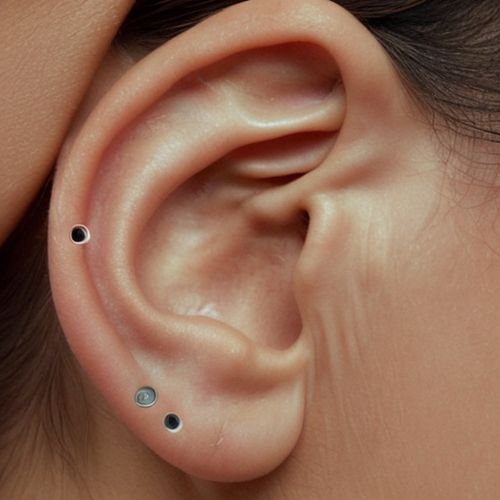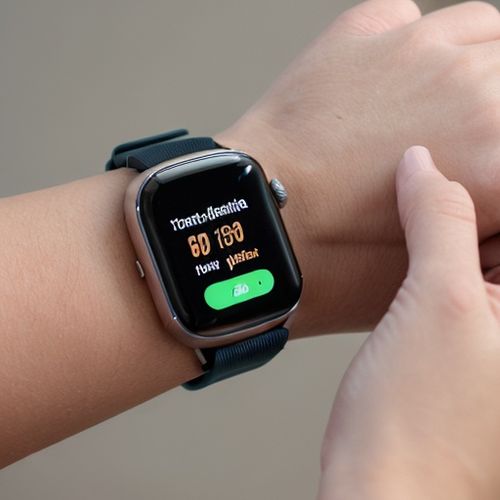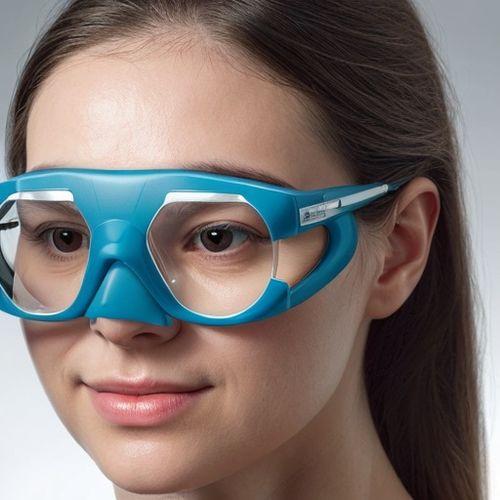Smartwatches have become an essential part of modern life, offering convenience, health tracking, and connectivity at our fingertips. However, as their popularity grows, so do reports of skin irritation and allergic reactions caused by watch bands. For many users, what starts as a minor itch can escalate into rashes, redness, or even blisters, turning a helpful gadget into a source of discomfort.
The issue of smartwatch band allergies is more widespread than most people realize. While manufacturers strive to create durable and stylish accessories, the materials used in these bands often contain allergens that trigger adverse skin reactions. Nickel, latex, and certain synthetic rubbers are among the most common culprits. Even high-end brands are not immune to this problem, as allergic responses depend largely on individual sensitivities rather than product price.
Understanding why these reactions occur requires a closer look at the materials involved. Many smartwatch bands contain metal components, such as clasps or decorative elements, which frequently include nickel—a known allergen. Silicone bands, while lightweight and water-resistant, can trap sweat and bacteria against the skin, leading to irritation over time. Leather bands, though hypoallergenic for some, may cause reactions due to tanning chemicals or dyes used in processing.
Sweat plays a significant role in exacerbating these allergic reactions. When sweat interacts with materials in the band, it can break down certain compounds or cause metals to leach onto the skin. This creates a perfect storm for irritation, particularly during workouts or in hot climates. The friction from constant wear further aggravates the skin, making the problem worse for active users who rarely remove their devices.
Recognizing the symptoms early is crucial for preventing severe reactions. Initial signs often include mild itching or redness where the band contacts the skin. Some users report a burning sensation or the appearance of small bumps resembling eczema. In more severe cases, the skin may crack or peel, creating openings for potential infections. Those with existing skin conditions like dermatitis are particularly vulnerable and should monitor their skin's response carefully.
Manufacturers have started addressing these concerns by introducing hypoallergenic alternatives. Bands made from medical-grade silicone, titanium, or organic fabrics are gaining popularity among sensitive-skinned consumers. Some companies now offer detailed material disclosures, allowing buyers to make informed choices based on their known allergies. However, the industry still lacks standardized labeling requirements, leaving many consumers guessing about potential irritants in their wearable tech.
The cleaning and maintenance of smartwatch bands significantly impacts their likelihood to cause irritation. Bacteria and dead skin cells can accumulate in the band's pores or crevices, especially in textured or linked designs. Regular cleaning with mild soap and water helps prevent this buildup, while ensuring the band is completely dry before wearing reduces moisture-related irritation. Some dermatologists recommend giving the skin periodic breaks from constant wear, particularly during sleep or intense physical activity.
For those already experiencing reactions, several remedies can provide relief. Over-the-counter hydrocortisone creams often help reduce inflammation and itching. Cool compresses may soothe immediate discomfort, while switching to a different band material typically prevents recurrence. In persistent cases, consulting a dermatologist can identify specific allergens through patch testing, guiding future purchasing decisions. Some users find success with barrier methods like applying clear nail polish to metal components or wearing the band over clothing.
As wearable technology continues to evolve, the demand for skin-friendly designs grows alongside it. Consumers are becoming more vocal about their needs, pushing manufacturers to prioritize both functionality and dermatological safety. The development of antimicrobial coatings, breathable materials, and customizable fit options shows promise for reducing allergy incidents. Until then, awareness and proper care remain the best defenses against smartwatch band allergies.
The relationship between users and their wearable devices should be beneficial, not painful. By understanding the causes of these allergic reactions and taking proactive measures, smartwatch enthusiasts can enjoy their gadgets without compromising skin health. As material science advances and consumer awareness spreads, the industry will likely see fewer allergy reports in coming years—transforming smartwatch bands from potential irritants to universally comfortable accessories.

By Natalie Campbell/Apr 27, 2025

By Emma Thompson/Apr 27, 2025

By George Bailey/Apr 27, 2025

By William Miller/Apr 27, 2025

By James Moore/Apr 27, 2025

By Lily Simpson/Apr 27, 2025

By Elizabeth Taylor/Apr 27, 2025

By Benjamin Evans/Apr 27, 2025

By Elizabeth Taylor/Apr 27, 2025

By Samuel Cooper/Apr 27, 2025

By John Smith/Apr 27, 2025

By Daniel Scott/Apr 27, 2025

By Amanda Phillips/Apr 27, 2025

By Amanda Phillips/Apr 27, 2025

By Elizabeth Taylor/Apr 27, 2025

By Thomas Roberts/Apr 27, 2025

By Victoria Gonzalez/Apr 27, 2025

By David Anderson/Apr 27, 2025

By Emma Thompson/Apr 27, 2025

By Daniel Scott/Apr 27, 2025